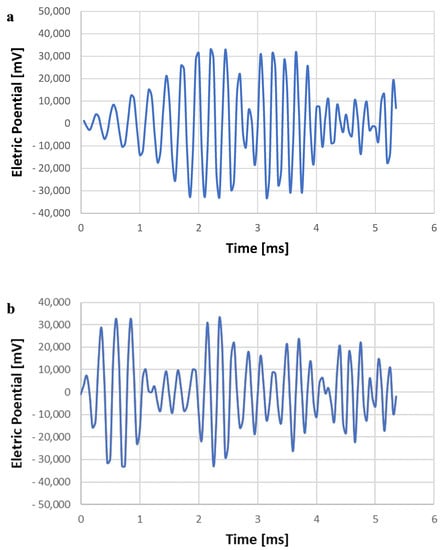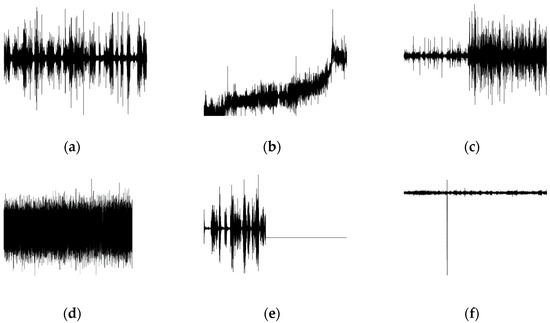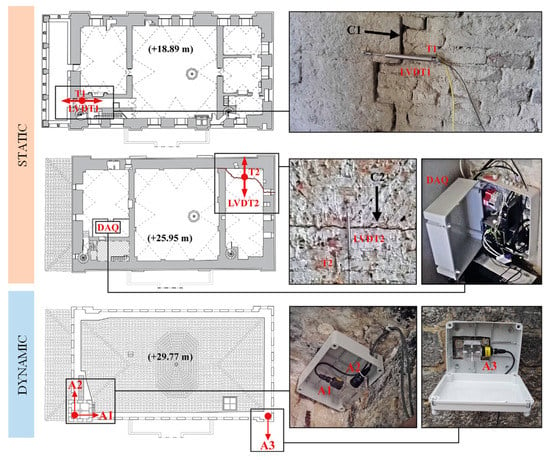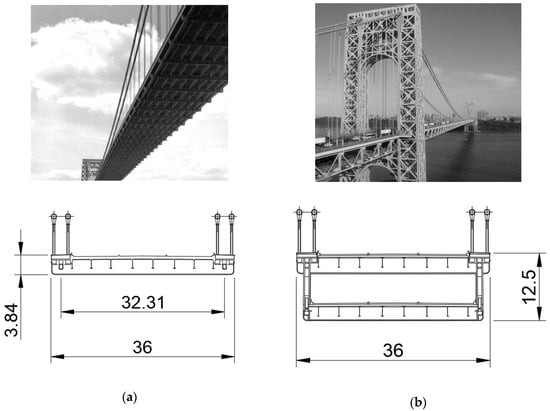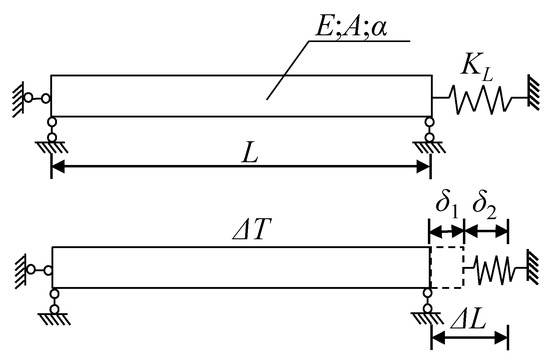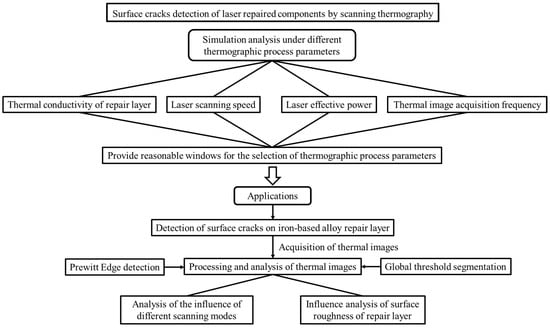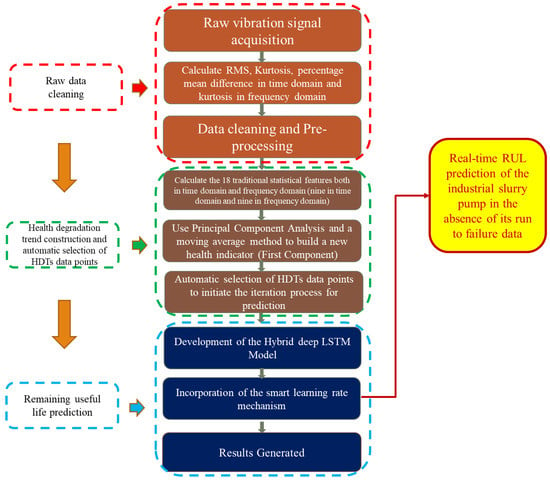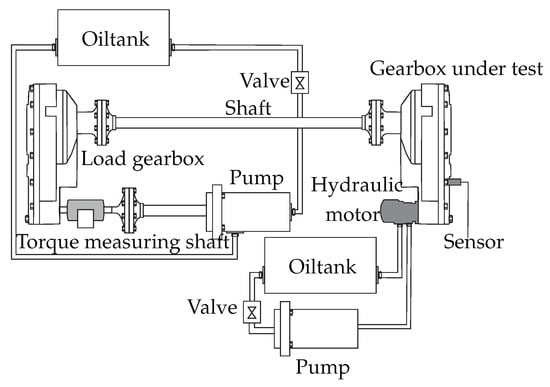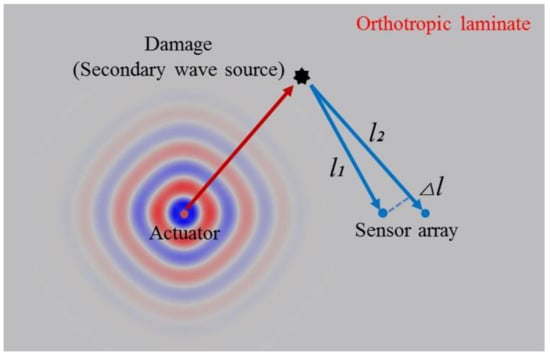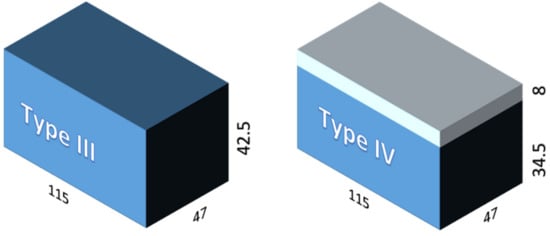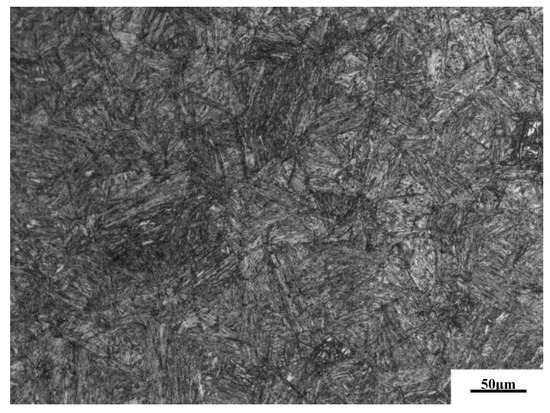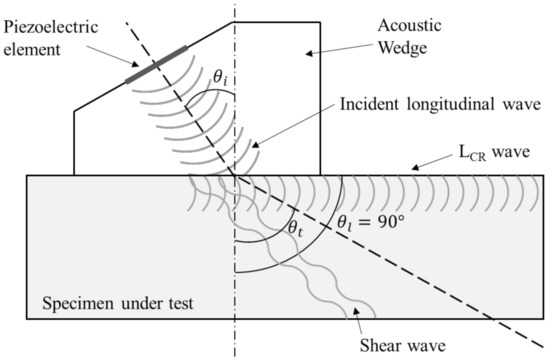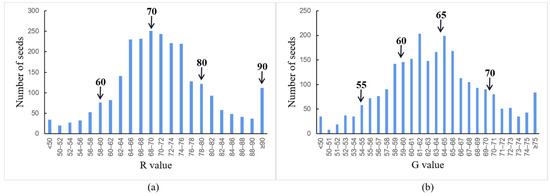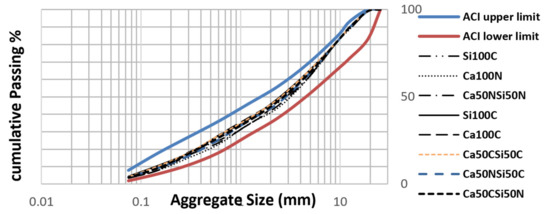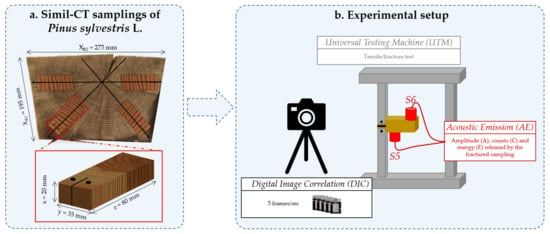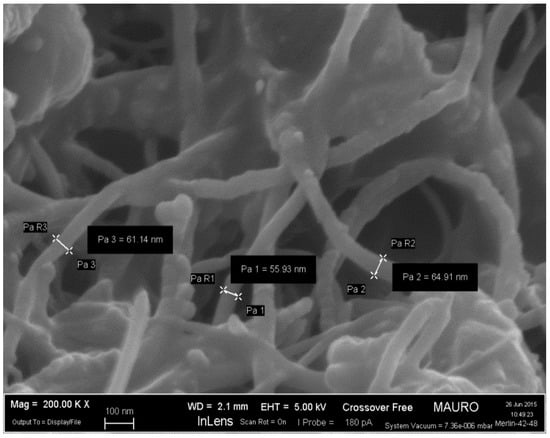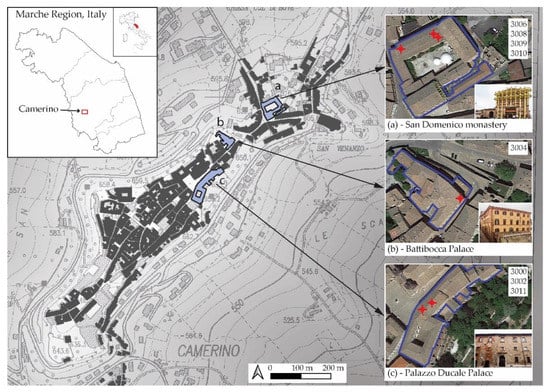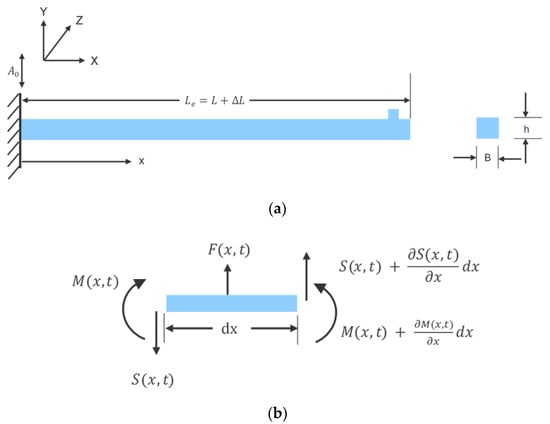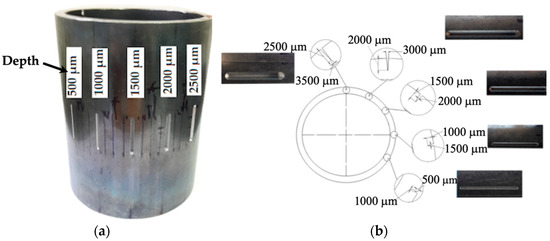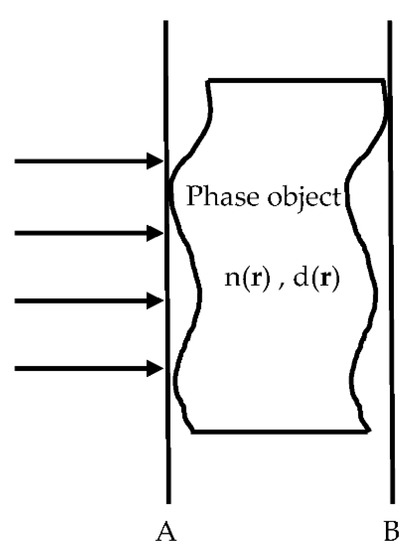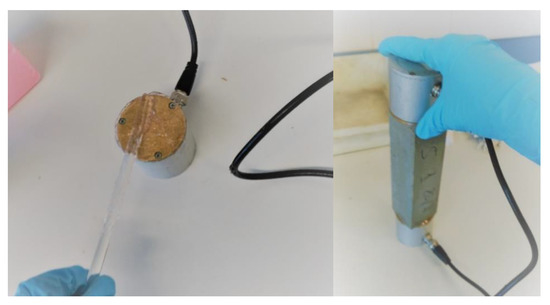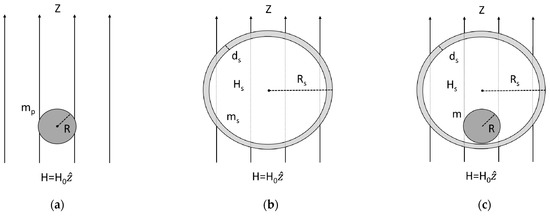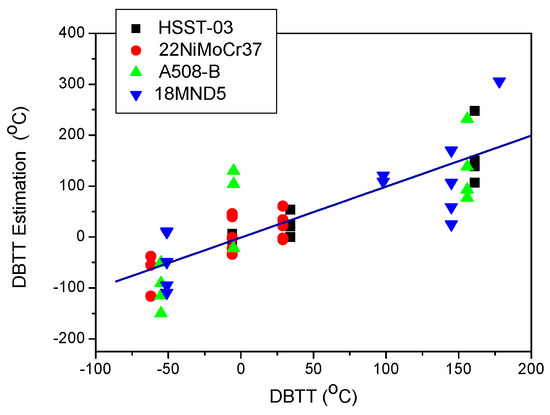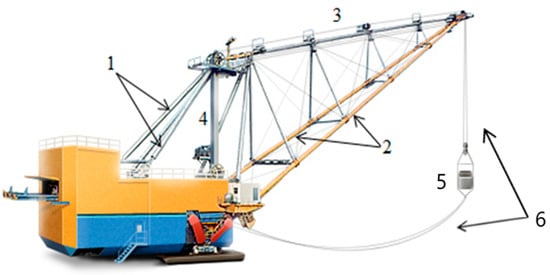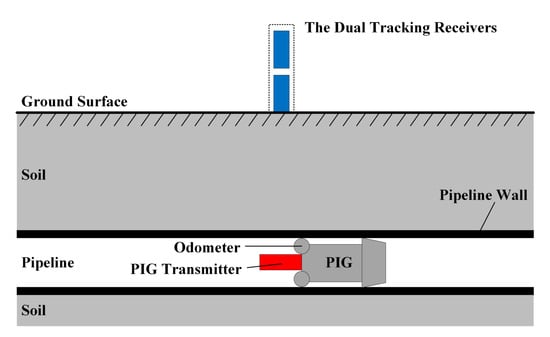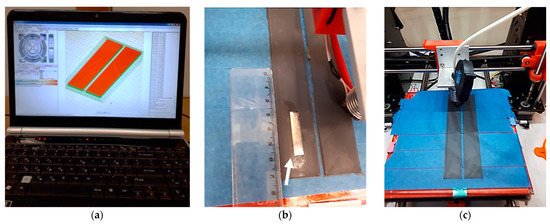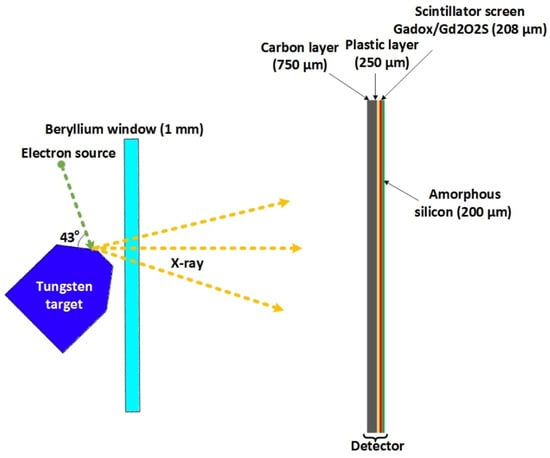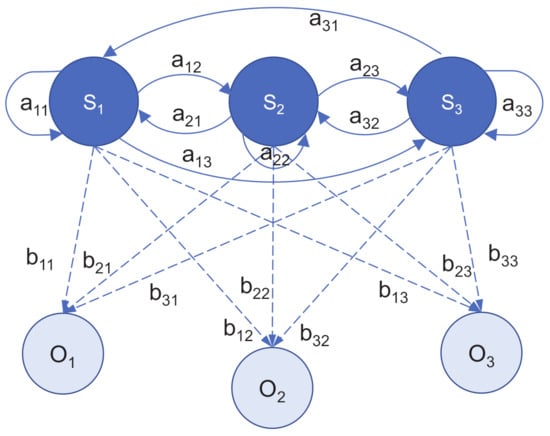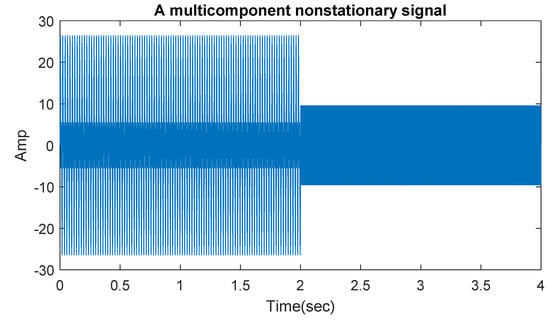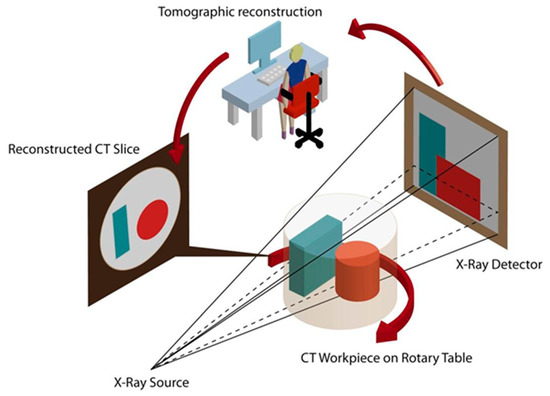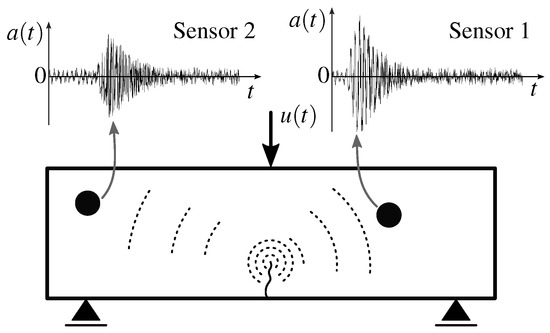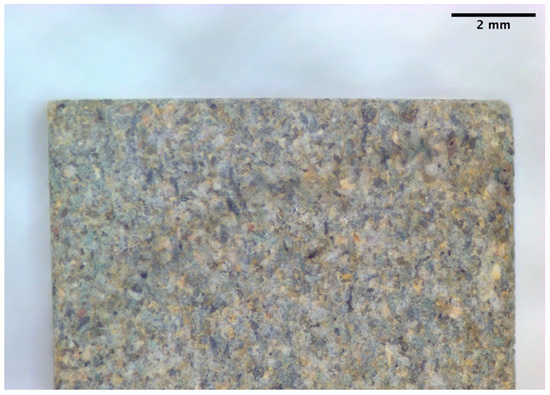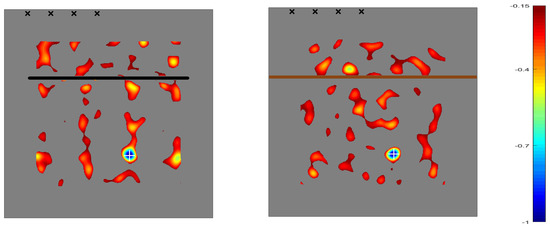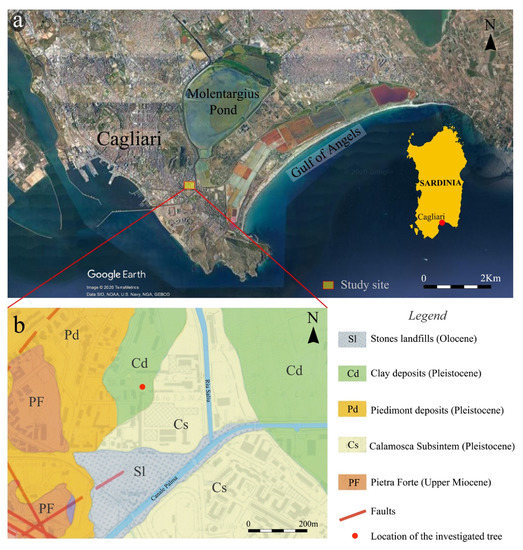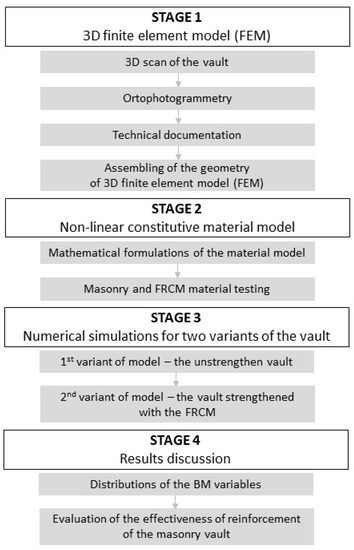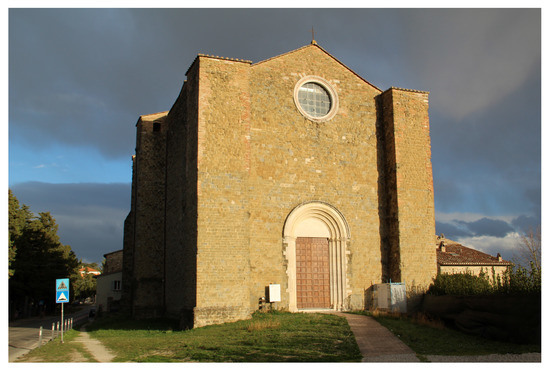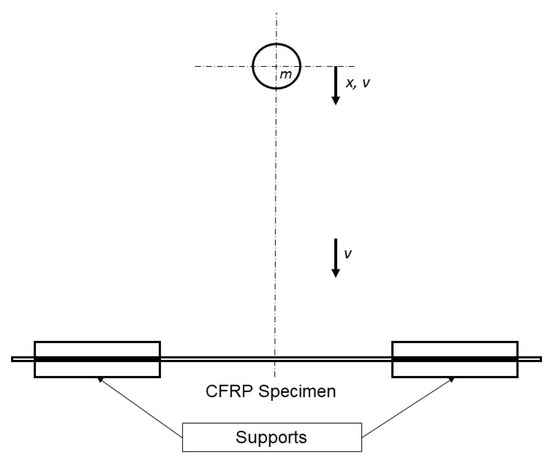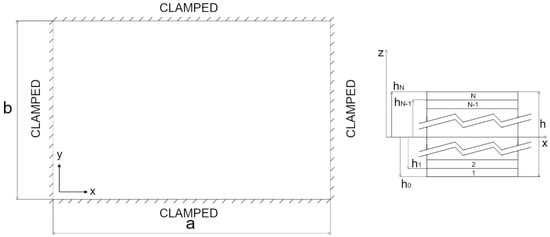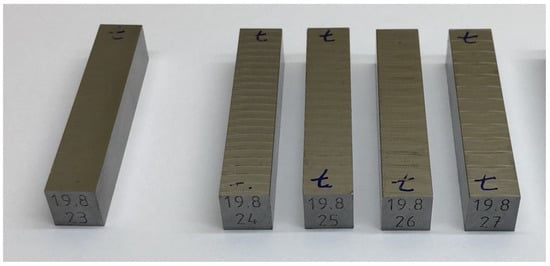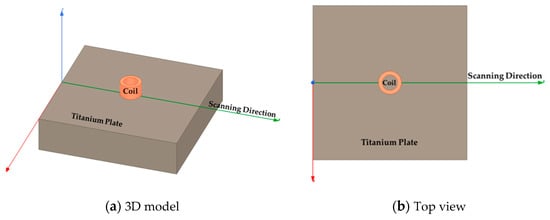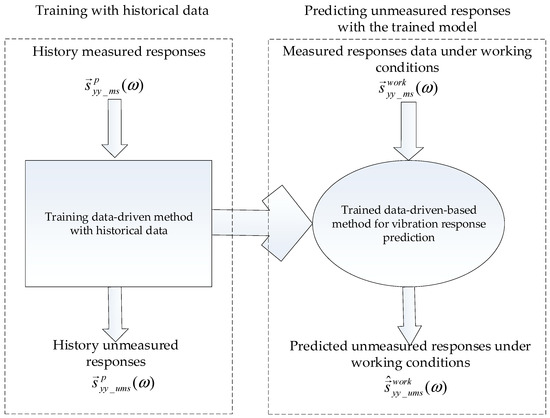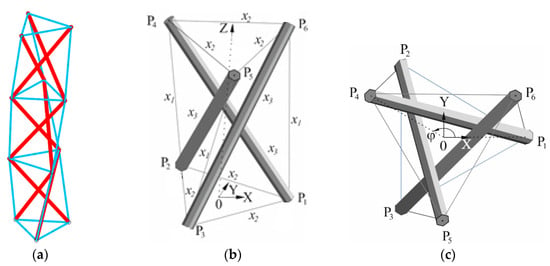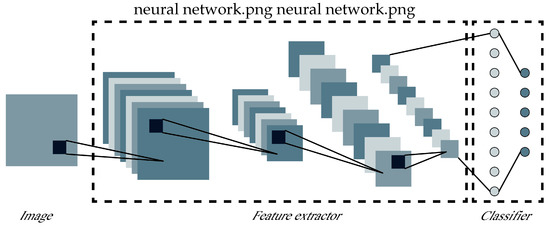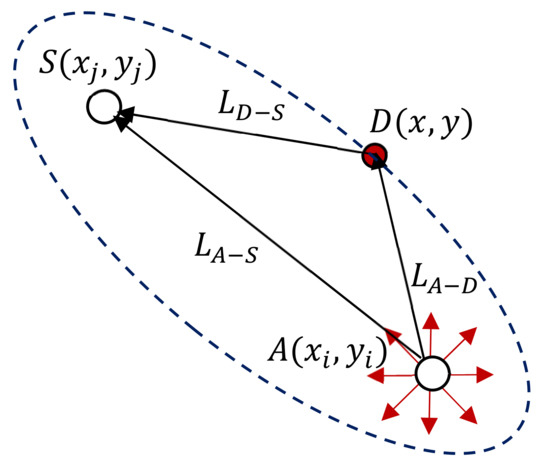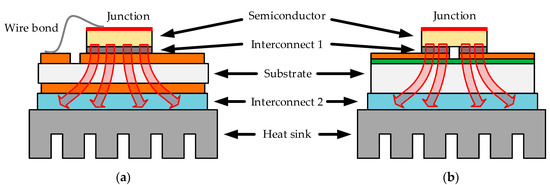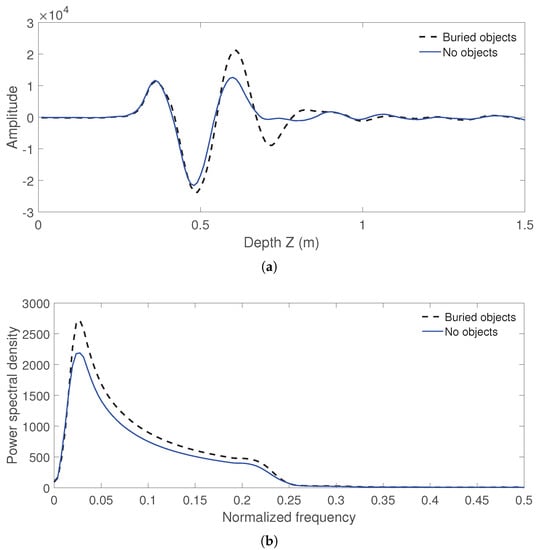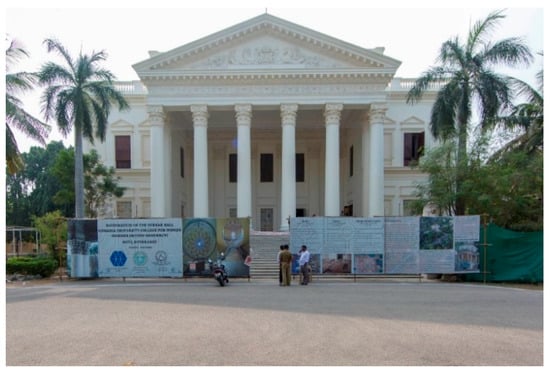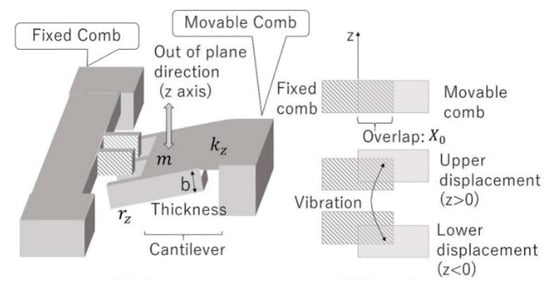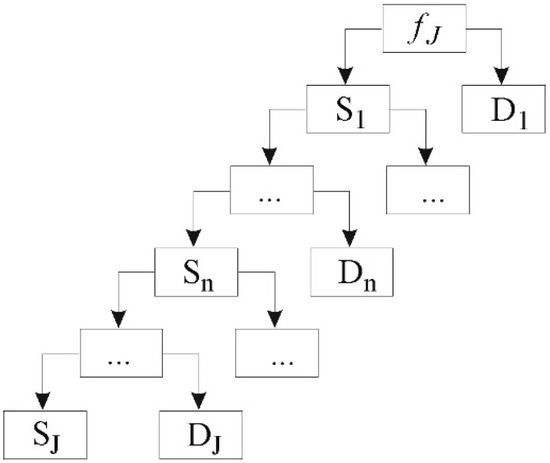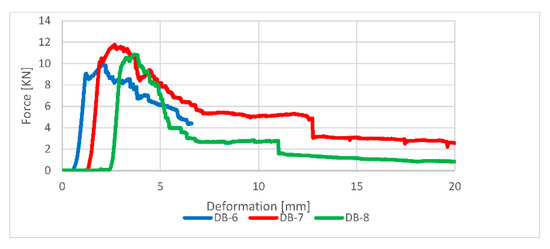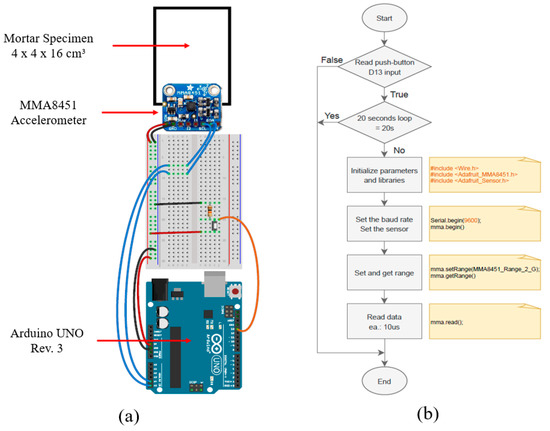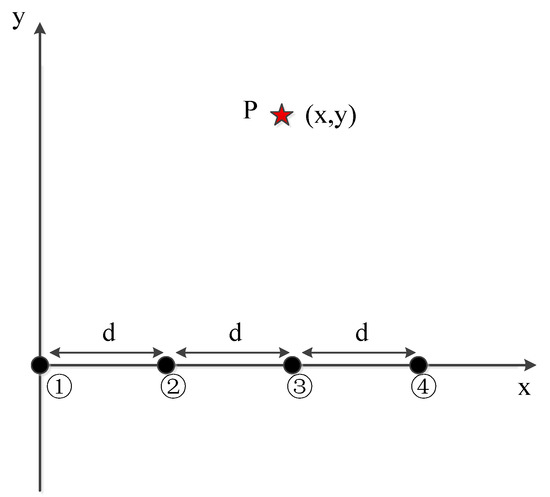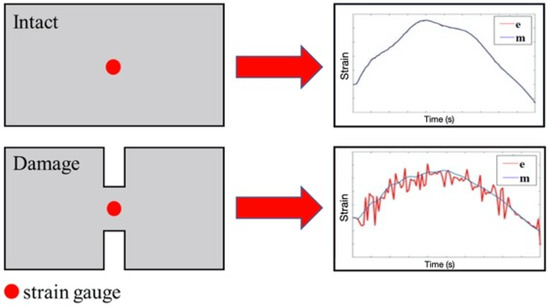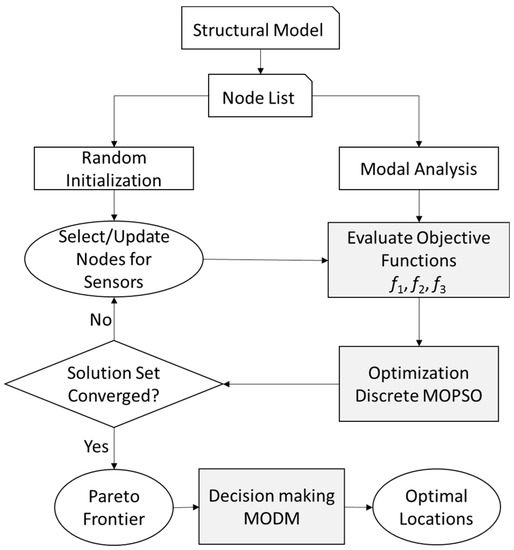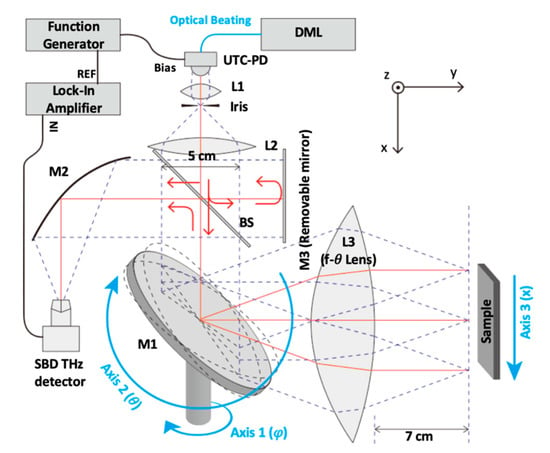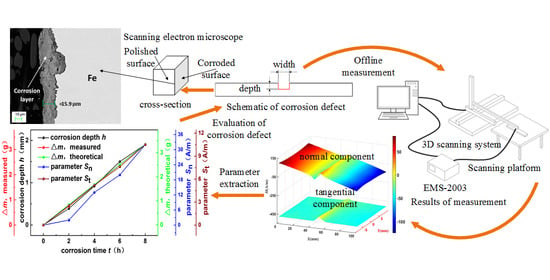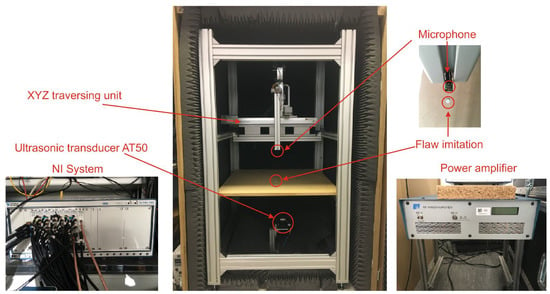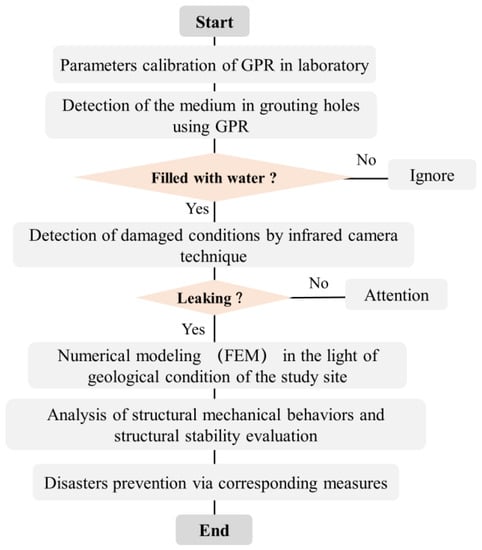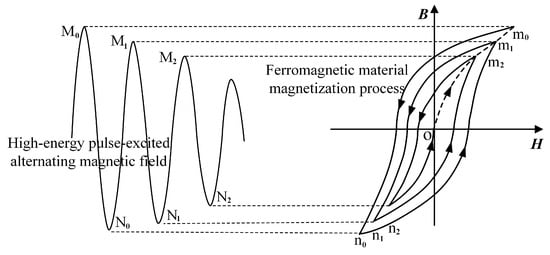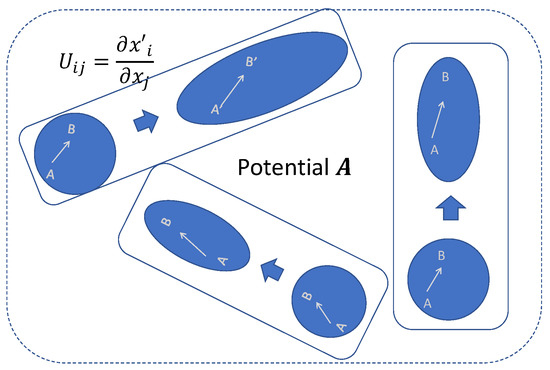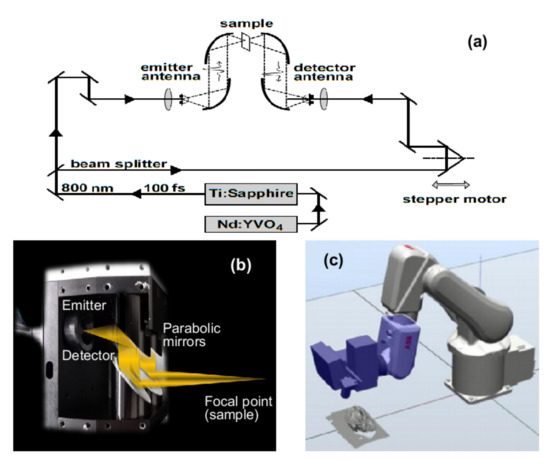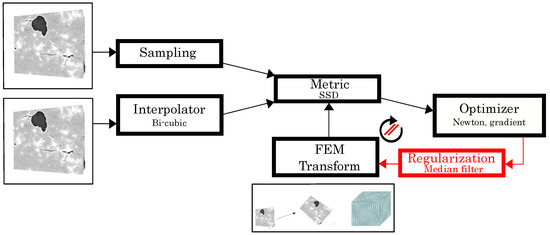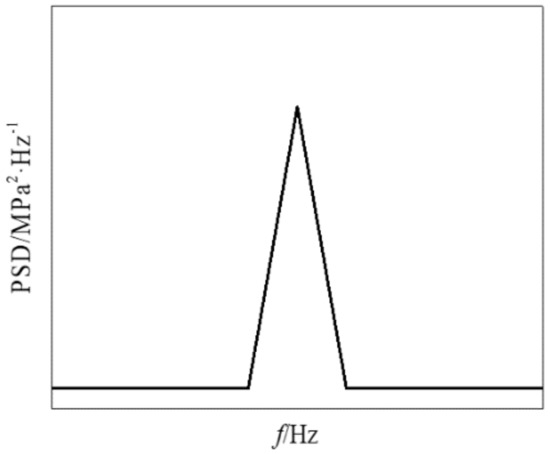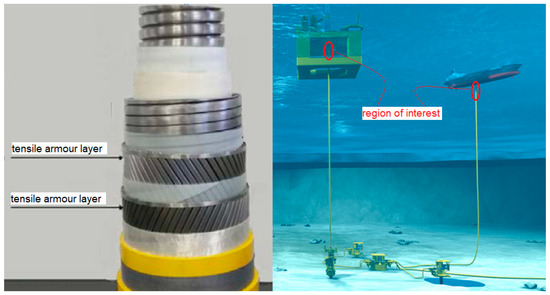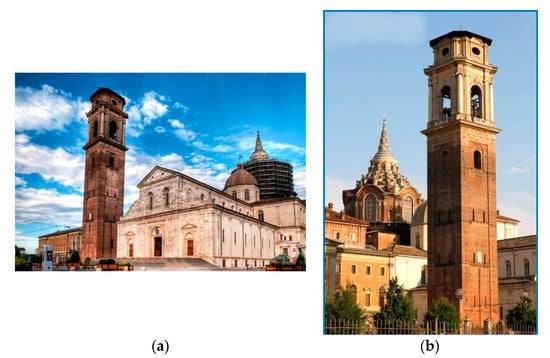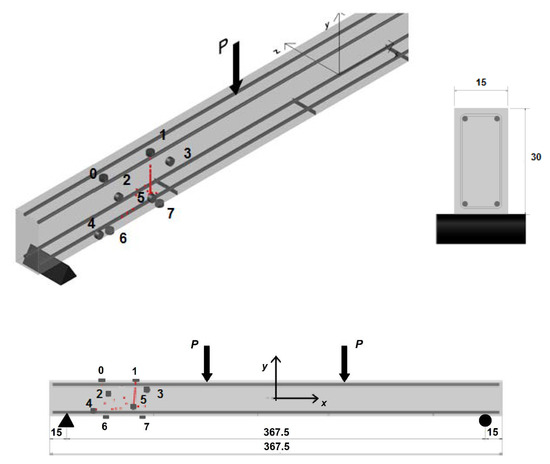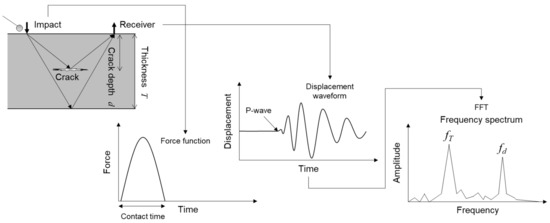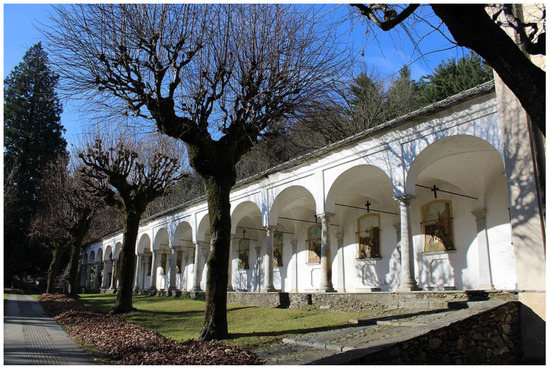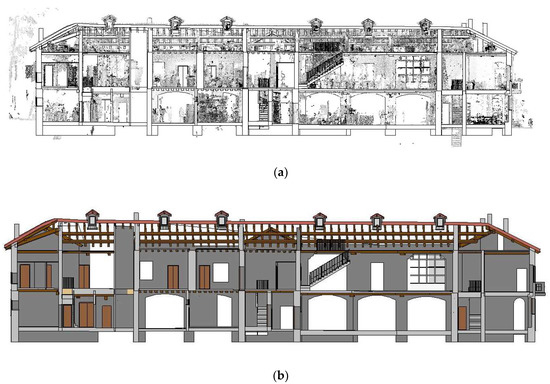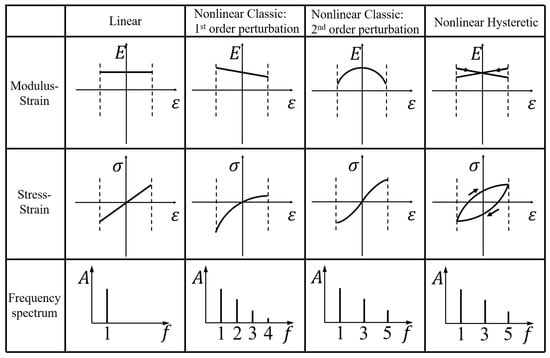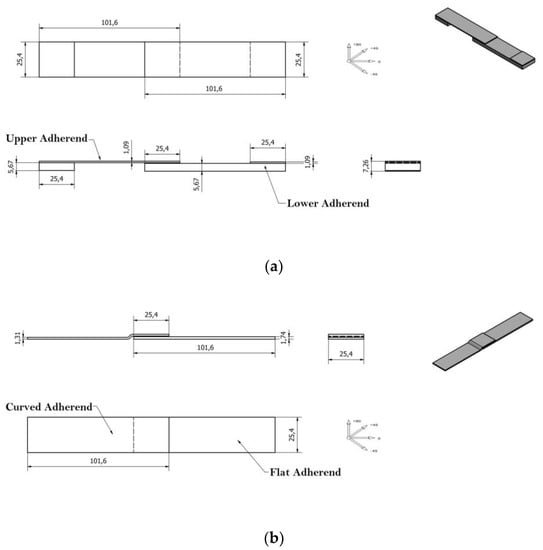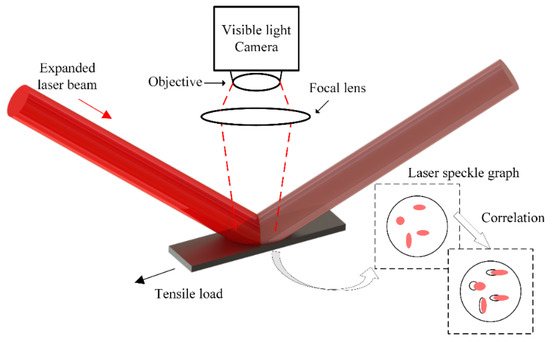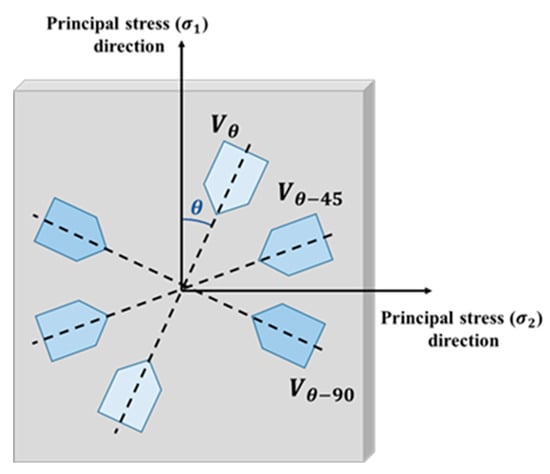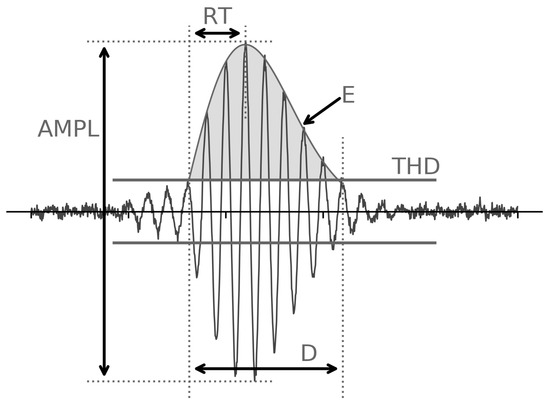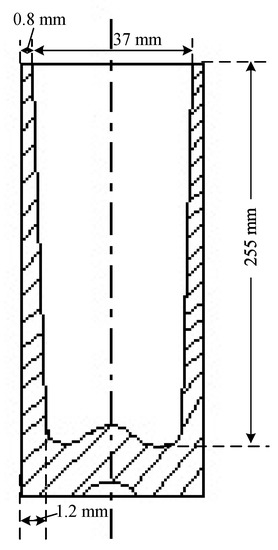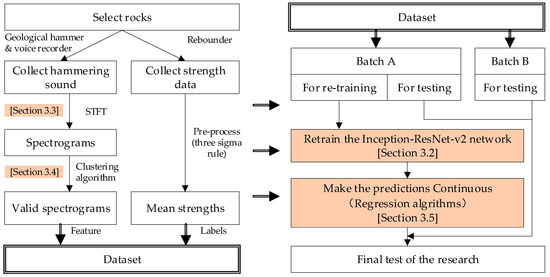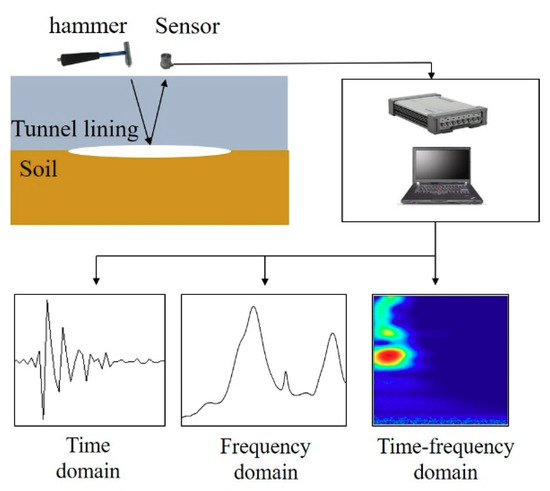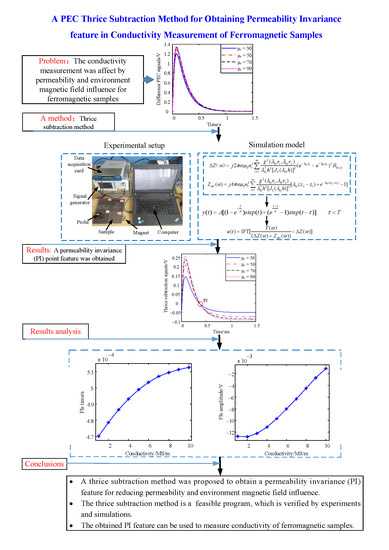Nondestructive Testing (NDT)
A topical collection in Applied Sciences (ISSN 2076-3417). This collection belongs to the section "Acoustics and Vibrations".
Viewed by 40051Editors
Interests: nondestructive testing (NDT); acoustic emission; electromagnetic emission; critical phenomena in structural mechanics; critical phenomena in geophysics; fracture mechanics; static and dynamic analysis of high-rise buildings
Special Issues, Collections and Topics in MDPI journals
Interests: fracture behavior; structural health monitoring and resilience; high-performance materials
Special Issues, Collections and Topics in MDPI journals
Topical Collection Information
Dear Colleagues,
This Topical Collection is the continuation of our previous Special Issues “Nondestructive Testing (NDT)” and “Nondestructive Testing (NDT): Volume II”.
Due to the unavoidable aging and deterioration of materials, the efficient maintenance of civil structures and infrastructures is becoming a major issue for public and private institutions. As a matter of fact, the structural conditions of built heritage affect both safety and economic aspects. In this context, structural health monitoring (SHM) is emerging as a crucial research field, able to provide vital information regarding the damage levels of structures and materials. In particular, by exploiting the most advanced technologies and techniques, nondestructive testing (NDT) is the ideal candidate in detecting defects and structural issues, both at the laboratory and full-scale levels, in a non-invasive way. Among others, acoustic emission, vibration-based identification methods, digital image correlation, tomography techniques, sonic–ultrasonic tests, Raman and terahertz spectroscopy, electromagnetic analysis, etc. allow evaluating the state of damage and its evolution during time.
The aim of this Topical Collection is to reunite researchers working in the field of NDT-SHM, both at the material and structure scale. We expect this issue to provide novel insights on the application of NDT to a wide variety of materials (concrete, steel, masonry, composites, etc.) in the field of Civil Engineering and Architecture. Both experimental and numerical studies are welcome.
Prof. Giuseppe Lacidogna
Prof. Dr. Jie Xu
Collection Editors
Manuscript Submission Information
Manuscripts should be submitted online at www.mdpi.com by registering and logging in to this website. Once you are registered, click here to go to the submission form. Manuscripts can be submitted until the deadline. All submissions that pass pre-check are peer-reviewed. Accepted papers will be published continuously in the journal (as soon as accepted) and will be listed together on the collection website. Research articles, review articles as well as short communications are invited. For planned papers, a title and short abstract (about 100 words) can be sent to the Editorial Office for announcement on this website.
Submitted manuscripts should not have been published previously, nor be under consideration for publication elsewhere (except conference proceedings papers). All manuscripts are thoroughly refereed through a single-blind peer-review process. A guide for authors and other relevant information for submission of manuscripts is available on the Instructions for Authors page. Applied Sciences is an international peer-reviewed open access semimonthly journal published by MDPI.
Please visit the Instructions for Authors page before submitting a manuscript. The Article Processing Charge (APC) for publication in this open access journal is 2400 CHF (Swiss Francs). Submitted papers should be well formatted and use good English. Authors may use MDPI's English editing service prior to publication or during author revisions.
Keywords
- Structural health monitoring
- Nondestructive testing
- Acoustic emission
- Vibration-based identification methods
- Digital image correlation
- Tomography
- Raman spectroscopy
- Terahertz spectroscopy
- Electromagnetic tests
Related Special Issues
- Nondestructive Testing (NDT): Volume II in Applied Sciences (55 articles - displayed below)
- Nondestructive Testing (NDT) in Applied Sciences (15 articles - displayed below)







